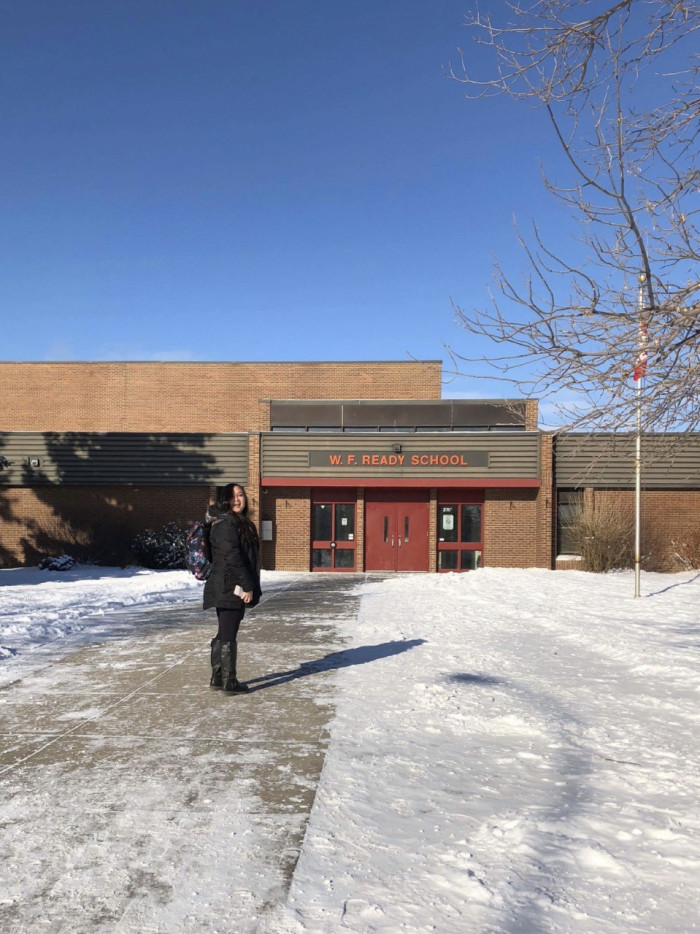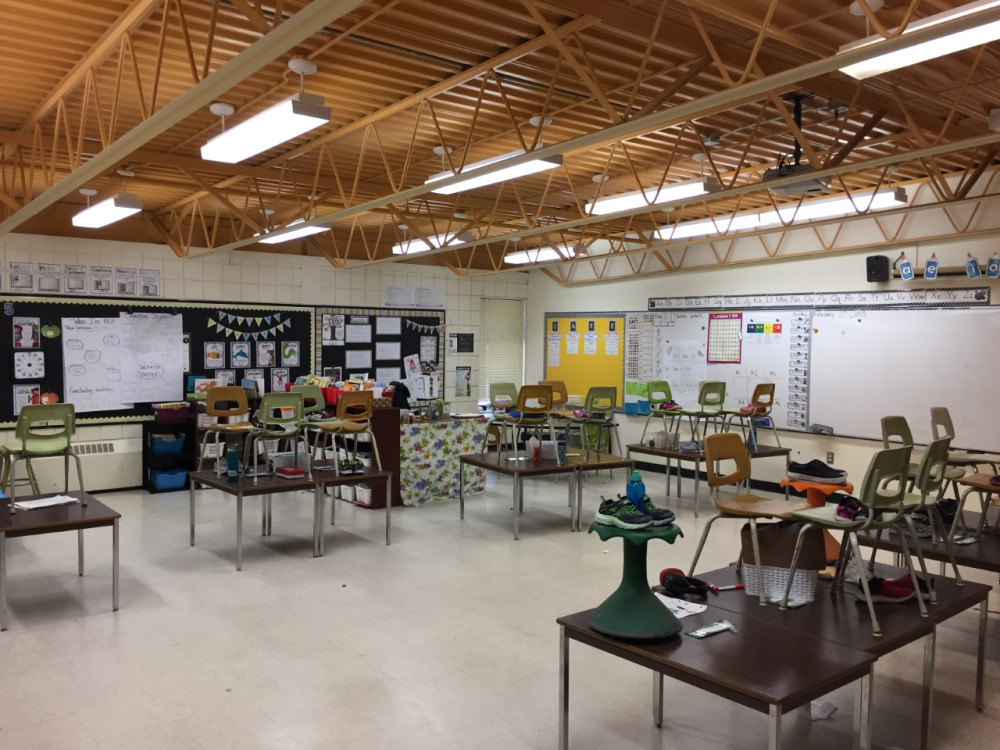
On February 5, 2018, I started my first fieldwork placement in a second-grade classroom at W.F. Ready School. I was both nervous and excited for this new experience. Upon entering my assigned classroom, I was greeted with smiles and curious faces. My co-op teacher, Ms. Plant, was very kind and welcoming. She allowed each student to introduce themselves to me and my fieldwork partner, Bryden. Throughout the first day, Ms. Plant explained the daily and weekly schedule and allowed us to walk around and get to know each student.
The class consists of a little over twenty students who are seven to eight years old. The class is also pretty diverse. I talked to one girl who explained that she is Arabian, another student is a new boy who just immigrated from China, and during music class, several children taught the class how to count in their culture’s language. A few weeks into placement, the class welcomed a new student who has a diverse ability and requires a wheelchair. As the weeks progressed, I noticed how much the children were willing to help and welcome the new student into the learning environment.

As for the physical learning environment, the classroom is different from what I grew up with, but still has some similarities. Unlike my second-grade classroom, the tables are positioned in groups rather than rows. This placement encourages socializing and increasing social development and group work. From what I recall, my teachers usually discouraged talking to our neighbours during work time, whereas in this classroom it was encouraged – as long as work was being done. Some of the chairs in the classroom resembled stools and wobbled. The purpose of these chairs were to engage muscles and provide the students with the opportunity to release excess energy so that they could have an easier time focusing. The school also allows children to use more technology, such as iPads with reading and other learning applications. Some of the similarities I’ve noticed were the activities being done such as learning centers where all the students are sorted into groups and take turns at different learning centers, as well as D.E.A.R. which is independent reading time that they have after lunch break to allow themselves to calm down before class, and circle time in which the students gather around the carpet to engage in lesson implementing.
On February 26th, I had the chance to spend time in a third-grade classroom. Surprisingly, although these students were only a year older than the grade twos, there was a lot of difference in development. I noticed that the grade threes were less energetic than the grade twos but were still very willing to participate and learn. I found that the grade two class was more talkative and outgoing whereas the grade three class demonstrated more independence. Overall, I enjoyed my experience in both classes.
